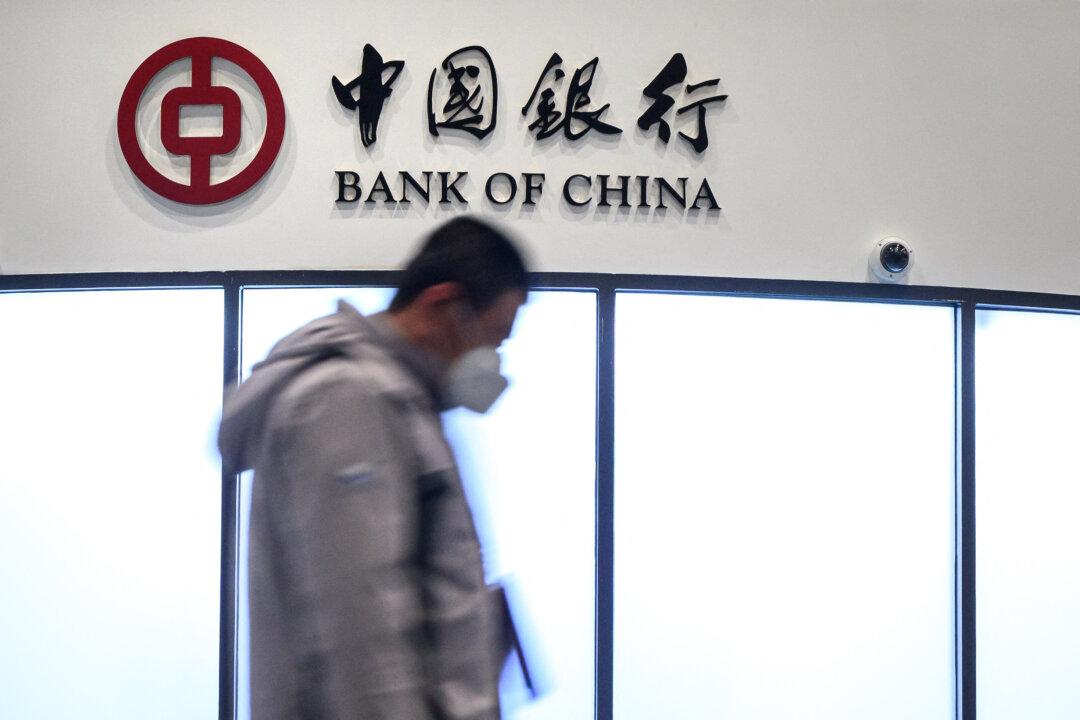Commentary
The financial markets are reeling.
Those who followed the proverbial “sell in May and go away” are sitting in a relatively good position. For everyone else? The U.S. stock market officially entered bear market territory, and the Federal Reserve delivered a massive 75 basis point rate increase, the biggest benchmark rate increase since 1994. Meanwhile, several well-known technology companies have announced layoffs.
With the first of many expected rate hikes behind us, how are investors feeling heading into July? And do we have market capitulation yet?
The Fed acted forcefully in an attempt to bring down inflation, with a rate cut that was widely expected by the market yet contradicted initial Fed remarks that 75 basis points was off the table. Regardless, inflation readings were higher than expected and the central bank had to act, with Chairman Powell using the word “nimble” to describe actions going forward.
Economic conditions have tightened very quickly this year. The speed and magnitude of the shifts within the U.S. economy, especially in the last two years since the onset of COVID, have been jarring to those accustomed to the relative steadiness of the last decade.
“We now see a steeper path for rate increases this year, to a higher peak rate around 4%” by the end of the year, Morgan Stanley analysts wrote in a June 15 note to clients. “The key question now is how quickly do they stop hiking rates, and prepare for cuts should they see a material slowing.”
The last sentence alludes to the dreaded recession, which, by some measures, is already upon us. There is anecdotal evidence everywhere. Companies have announced mass layoffs, certain consumer discretionary product inventories are building, and businesses are cutting budgets and freezing hirings.
May U.S. retail sales, which were released in mid-June, came in far below expectations as consumers pulled back on spending. Given the high price of gasoline, consumer discretionary spending is likely to continue to decline.
Even if you argue recession hasn’t technically arrived, it’s just a matter of time before it does.
For investors, the question is how they should be positioned. We turn to Bank of America’s most recent Global Fund Manager Survey, which polls how professional fund managers are thinking in June.
As you would expect, professional investors are very very pessimistic. Fears of stagflation—a period of high inflation and low economic growth—are at their highest since 2008, while corporate profit expectations are also at their lowest since 2008. 2008, if you recall, was also the depth of the Great Financial Crisis and the last major recession. Overall optimism for global economic growth was at the lowest point since Bank of America began its survey in 1994.
In short, the outlook is negative.
On an absolute basis, professional investors have the highest conviction on cash, followed by the healthcare sector, commodities, and the energy sector. Banking and real estate were also squarely on the “bullish” side of the ledger.
Being overweight in cash is a proxy for staying on the sidelines and not investing. Commodities and energy typically do well in inflationary periods. Banks typically thrive as interest rates go up—increasing their net interest margin, or the spread between the rate at which they lend and the rate at which they earn. Real estate, being a hard asset, typically does well in inflationary periods and there is also a relative shortage of quality housing in the United States, though residential real estate prices will ease from the ludicrous pace of growth over the last 12 months. And lastly, the healthcare sector is somewhat economically insensitive and has been under-invested over the last few decades.
The sectors professional investors are most bearish on are somewhat surprising. Bonds received the most underweight ranking, followed by consumer discretionary, and utilities.
Bonds and utilities typically are havens for when the stock market has a downturn, but in the current environment, they are anything but safe havens. Utility companies pay a steady dividend and are fairly stable, but with interest rates rising they provide a relatively unattractive yield. Consumer discretionary is self-explanatory. Those companies won’t do well as consumers tighten their belts.
As for bonds, we’ll take the advice of two of the most astute bond investors on Wall Street.
Scott Minerd, chief investment officer of Guggenheim Partners, thinks if investors are into bonds, they need to hold high-quality investment-grade corporate debt and government debt.
“Recession means you are going to have wider credit spreads,“ Minerd said in an interview with Bloomberg TV. ”When you look at public companies, their numbers look pretty good with cash flow coverage and everything else. But the number of private equity firms where we don’t know what that cash flow coverage is are much much more extended. There are cracks appearing in the credit world, and the worst is probably not over there.” He said this is a good time to put money to work in treasury bonds.
Jeffrey Gundlach, founder of bond investment manager Doubleline Capital, believes higher rates have a ways to go. “[The Fed] sort of did, in a side-door way,” he said in an interview on CNBC. “This idea that the inflation rate is about to come down to anything close to the 2 percent level is completely out of the cards.”
As for that much-hoped-for “soft landing?” That’s effectively out the window. The Fed, judging by its actions and messaging this month, is signaling a high chance of recession. Investors should prepare accordingly.





